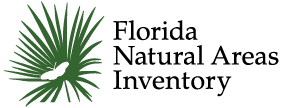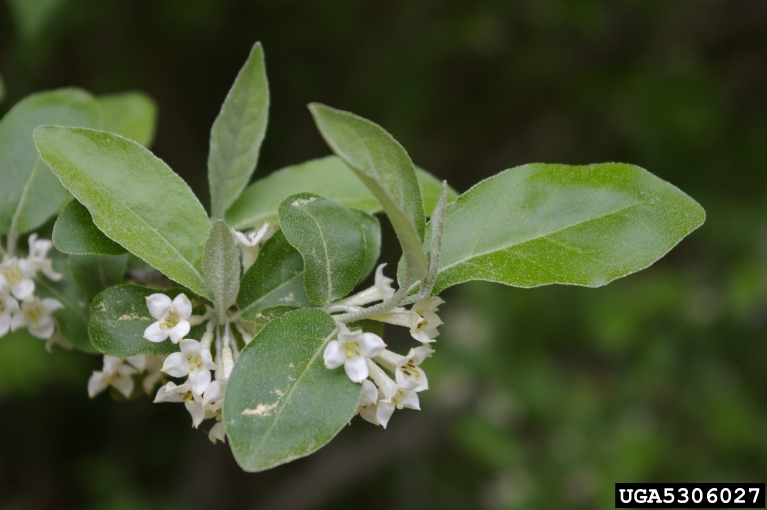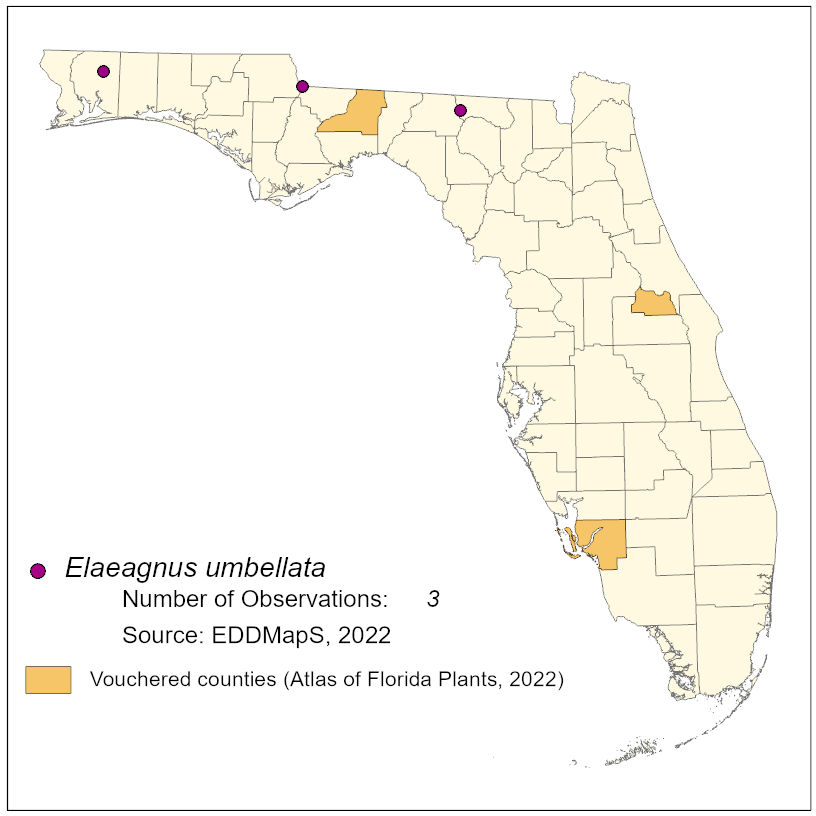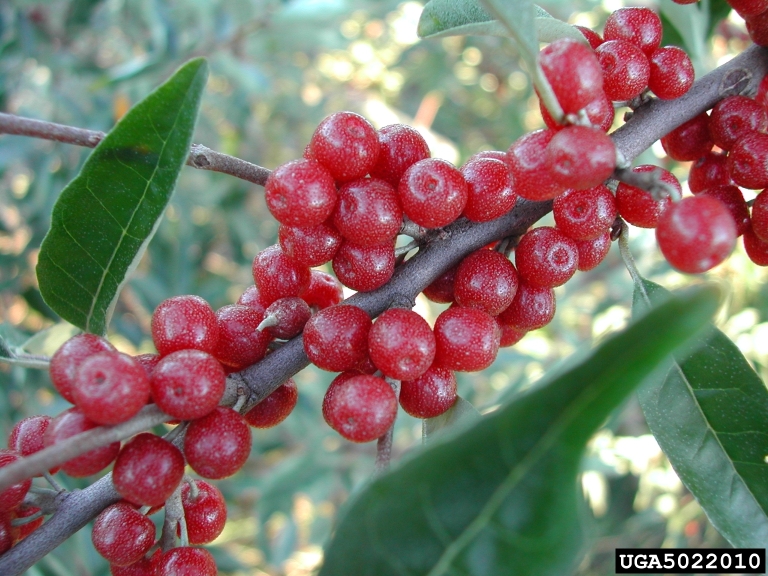Elaeagnus umbellata


Common Name: autumn olive
Family: Elaeagnaceae
Common Synonyms: none
USDA Hardiness Zone: 4a - 8b
Growth Habit: Shrub
Origin: China and Japan
FISC Category: 2
FDACS Listed Noxious Weed: No
Introduction Date: Introduced in US 1830, earliest voucher in Florida 1958
IFAS Assessment:

Deciduous bushy shrub to 6 m tall with thorny branches. Leaves alternate, short-stalked, elliptic, 5-8 cm long, margins entire or wavy, silver scaly below. Small, white, tubular, fragrant flowers in clusters. Fruit a showy red berry dotted with silvery scales.
Forest openings and open forests
Widely established in natural areas in Georgia and to north. Seeds dispersed by mammals and birds.

Note: Bag and remove all fruits during removal projects
Dave's Garden. 2013. PlantFiles: Autumn olive, Elaeagnus umbellata. http://davesgarden.com/guides/pf/go/32215/. Accessed on December 9, 2013.
Miller, J.H., E.B. Chambliss, and N.J. Loewenstein. 2010. A Field Guide for the Identification of Invasive Plants in Southern Forests. U. S. Department of Agriculture, Southern Research Station. Asheville, NC.
Miller, J.H., S.T. Manning, and S.F. Enloe. 2010. A Management Guide for Invasive Plants in Southern Forests. U. S. Department of Agriculture, Southern Research Station. Asheville, NC.
